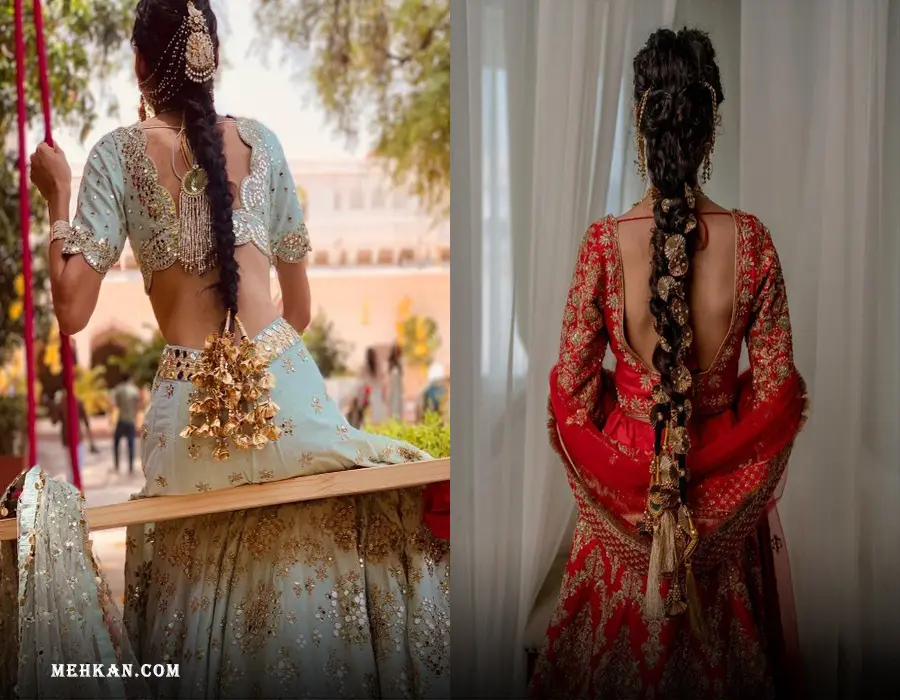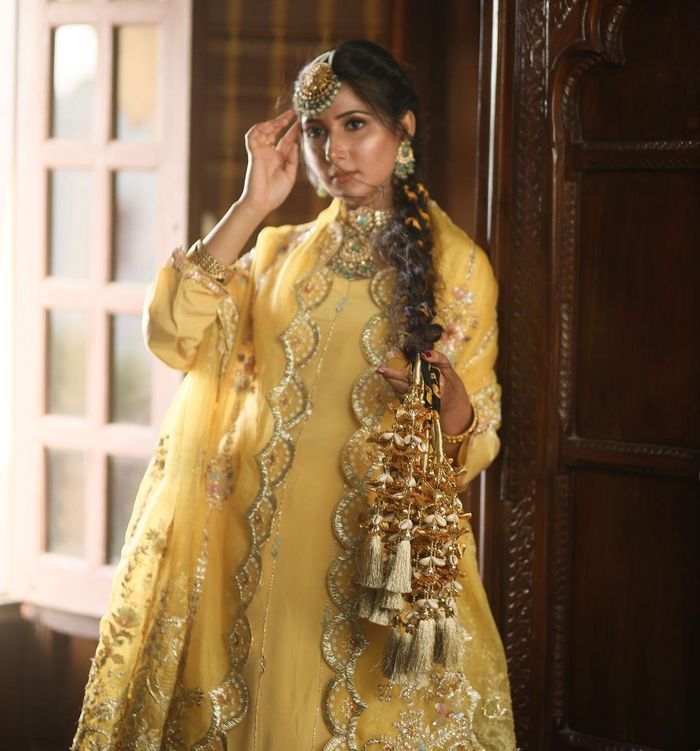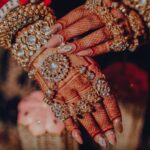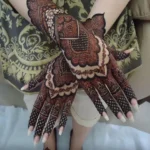
18 Aug Unveiling the Elegance: The Parandi Bridal Braid Tradition
Introduction
The world of bridal fashion is a tapestry of traditions and customs, each with its own unique story to tell. One such fascinating tradition that weaves together culture and elegance is the Parandi bridal braid. Originating from India, the Parandi is more than just an accessory; it’s a symbol of heritage, beauty, and tradition that adorns the brides with grace. In this blog, we’ll delve into the fascinating history, intricate designs, and the art of wearing a Parandi bridal braid.
The Rich History of Parandi Bridal Braids
The Parandi is a traditional Indian hair accessory that dates back centuries. It is deeply rooted in the cultural fabric of Punjab, where it was initially worn as a symbol of marital status. Derived from the Punjabi word “paranda,” which means a tassel, the Parandi has been transformed from a functional hair tie into an exquisite ornament that is now an essential part of bridal adornment.
Intricate Designs and Craftsmanship

Paradis is known for their intricate designs and meticulous craftsmanship. These ornate tassels are made of various materials, including silk, threads, beads, and even precious metals. Skilled craftsmen often spend hours, if not days, meticulously creating patterns that reflect the bride’s personality and the essence of her cultural heritage. The designs range from traditional motifs like peacocks, flowers, and paisleys to more contemporary styles that blend modern aesthetics with timeless charm.
Symbolism and Significance
Beyond their aesthetic appeal, Parandi bridal braids carry deep symbolism. The Parandi is not merely an accessory; it represents a bride’s transition from her virgin life to marital bliss. The act of tying Parandi to the bride’s hair is a poignant moment, as it symbolizes the bride’s connection with her past and the promise of a harmonious future. This tradition beautifully encapsulates the seamless blend of old and new, tradition and modernity, which makes the wedding a mesmerizing celebration of culture.
Threadwork Parandi:

Threadwork Parandis are characterized by their intricate and detailed thread embroidery. These designs can range from delicate florals to more complex patterns that showcase the craftsman’s skills.
Beaded Parandi:

Beaded Parandi incorporates small beads, sequins, and crystals into the design, creating a shimmering effect. These parandis often catch the light beautifully, adding a touch of sparkle to the bride’s ensemble.
Zari Parandi:

Zari work involves using metallic threads, usually gold or silver, to create intricate patterns. Zari Parandis is known for their rich and regal appearance, making them a popular choice for brides who want a touch of grandeur.
Pom Parandi:

These Parandis feature playful poms attached to colorful threads. They bring a fun and youthful element to the traditional Parandi design and are often chosen by brides seeking a unique and unconventional twist.
Pearl Parandi:

Pearl Parandis are adorned with delicate pearls that lend a classic and elegant touch. The pearls are often incorporated into the tassels and the design, creating a timeless and sophisticated look.
Kundan Parandi:

Kundan’s work involves setting precious or semi-precious stones into intricate patterns. Kundan Parandis is a real showcase of craftsmanship and is favored by brides who appreciate intricate detailing and a touch of glamour.
Modern Fusion Parandi:

In recent years, there has been a trend of blending traditional Parandi designs with contemporary elements. These parandis may feature a mix of traditional motifs with modern materials, like acrylic or resin, resulting in a unique and eclectic look.
Wearing the Parandi Bridal Braid: A Step-by-Step Guide
Preparation: Start by parting your hair down the middle and tying it into a neat braid.
Placement: Take the Parandi and secure it around the base of the braid. Make sure the tassel end is hanging freely.
Wrapping: Gently wrap the Parandi around the braid, allowing the tassel to cascade along the braid.
Securing: Once the Parandi is wrapped, secure the end by gently tying it around the braid. Ensure that it is tight enough to hold the parade in place but not too tight to cause discomfort.
Final Adjustments: Adjust the tassel and the wrapped portion of the Parandi to ensure that they are evenly distributed and showcase the intricate design.
Preserving Tradition in Modern Times
In today’s globalized world, the Parandi bridal braid continues to capture the hearts of brides seeking to embrace their roots. It is heartwarming to witness how a simple accessory has evolved into a statement piece that not only enhances the bride’s beauty but also keeps the flame of tradition alive. As cultures blend and evolve, the Parandi stands as a reminder of the timeless beauty and rich history that makes weddings so enchanting.
After All
The Parandi bridal braid is more than just an accessory; it’s a masterpiece that encapsulates culture, tradition, and the beauty of a bride’s journey. From its historical significance to its intricate designs, the Parandi is a testament to the enduring appeal of bridal traditions. As brides step into the future, they do so with a piece of the past gracefully woven into their Parandi-adorned hair, creating a harmonious blend of heritage and modernity that is truly captivating.





No Comments